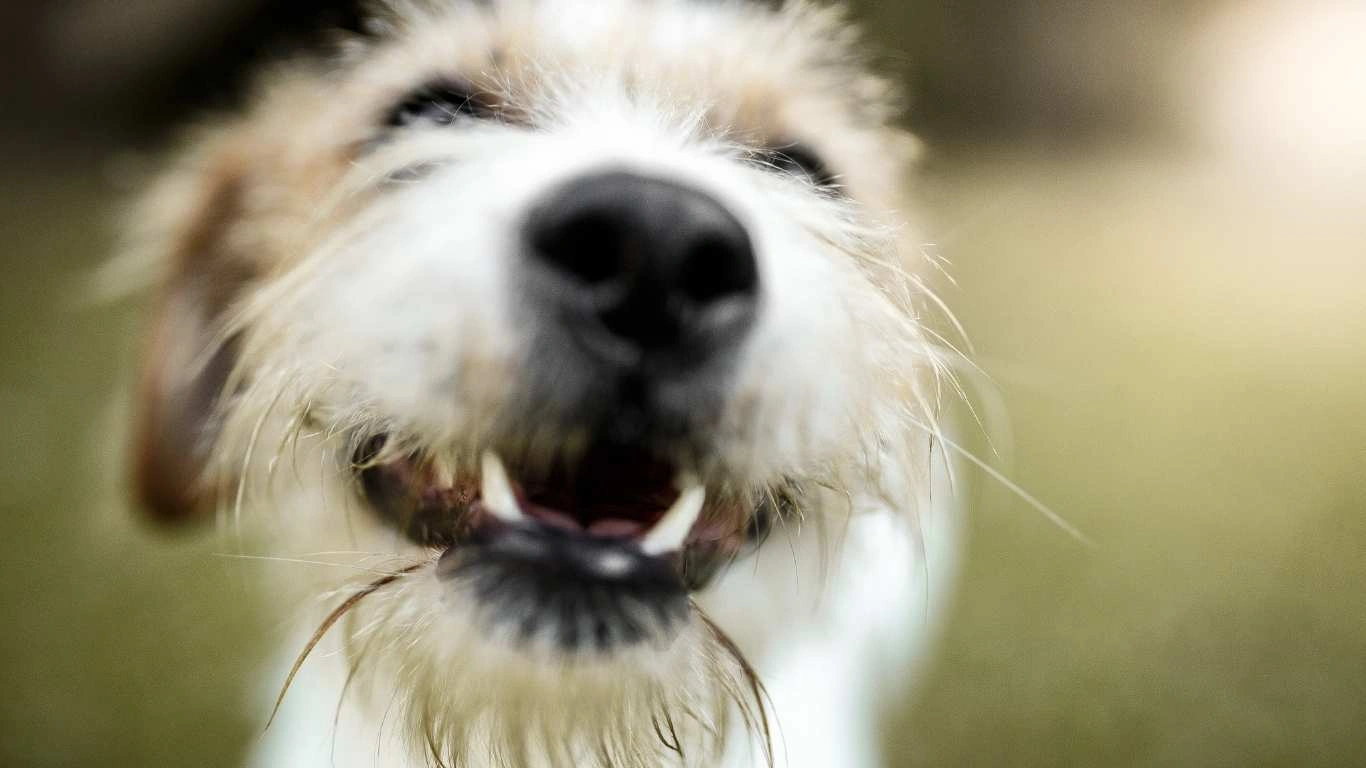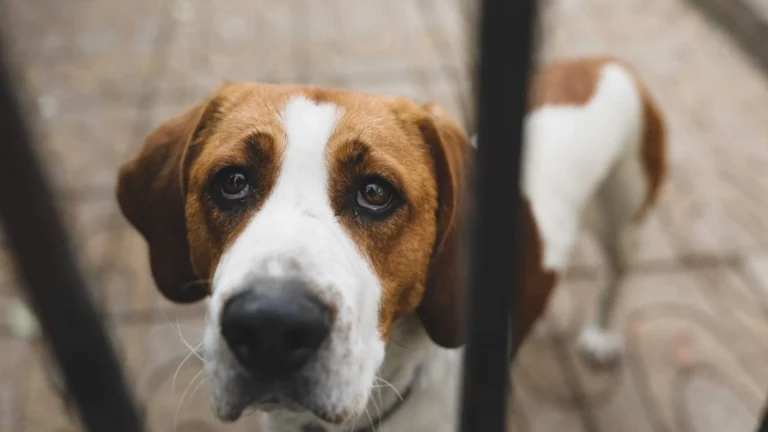Best Low-Fat Diet for Dogs With Digestive Issues: Vet-Approved Guide
Hi there, I’m Gwenna, a pet nutritionist and pet care expert with years of experience working in veterinary clinics. I’ve seen firsthand how dietary choices can make a remarkable difference in a dog’s digestive health. Today, I’m excited to share insights on creating the best low-fat diet for dogs with digestive issues. Whether you’re a devoted pet parent or a fellow expert, I hope you find this discussion as enlightening and practical as my own journey.
There’s a lot to uncover about why lowering fat intake can help soothe sensitive tummies, ease discomfort, and boost overall vitality in our furry friends. Stick with me as I walk you through real-life cases, simple tips, and proven strategies that have worked wonders in my day-to-day work at the clinic.
Understanding Digestive Issues in Dogs

In my years working at veterinary clinics, I’ve noticed that many dogs suffer from various digestive issues, ranging from mild discomfort to severe gastrointestinal distress. These issues can be influenced by numerous factors, including genetics, infections, and even stress. However, one factor that often gets overlooked is diet. Too much fat can overwhelm a dog’s digestive system, leading to symptoms such as diarrhea, vomiting, and a general lack of energy.
A dog’s digestive tract is delicate, and even a small imbalance can trigger a series of complications. I always emphasize that a proper diet is crucial to maintaining a healthy digestive system. Through my experience, I have learned that being proactive about a dog’s nutrition can help prevent many of these problems. I recall a case where a playful terrier started showing signs of discomfort after meals; a quick switch to a low-fat regimen made a world of difference. It’s a reminder that sometimes, the simplest dietary changes can yield the most significant improvements.
Common Signs of Digestive Distress
- Vomiting and Diarrhea: Frequent episodes can indicate that the current diet is too heavy.
- Excessive Gas: This may signal that the food isn’t being properly digested.
- Lethargy: Reduced energy levels often accompany digestive discomfort.
- Loss of Appetite: Dogs may start avoiding meals that upset their stomach.
By paying close attention to these symptoms, pet owners can make early adjustments to avoid more serious health issues down the road. Ensuring a balanced diet is a step towards a happier, healthier pet, and it’s always best to consult with a professional if you notice persistent issues.
The Role of a Low-Fat Diet
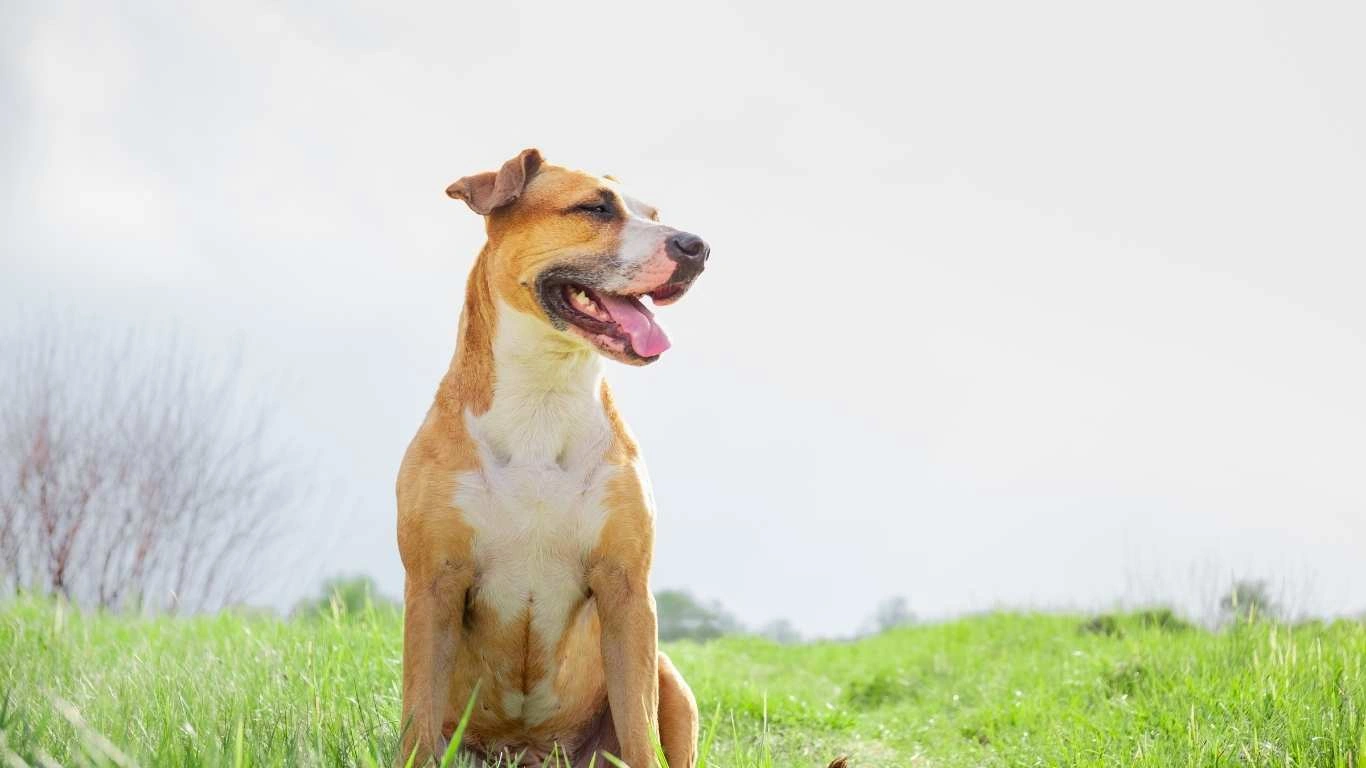
When it comes to managing digestive issues, reducing fat intake is a game-changer. A low-fat diet can help ease the burden on the digestive system by minimizing the production of excess bile and reducing the workload on the pancreas. This approach is especially beneficial for dogs with chronic digestive problems, as it supports smoother digestion and reduces the risk of flare-ups. It’s not just about cutting fat; it’s about choosing the right nutrients to support your dog’s overall health.
Exploring the Best Low-Fat Diet for Dogs with Digestive Issues
Finding the right diet might seem challenging at first, but it all comes down to understanding your pet’s specific needs. The best low-fat diet for dogs with digestive issues typically includes lean proteins, easily digestible carbohydrates, and plenty of fiber to support healthy digestion. In my practice, I’ve seen impressive improvements when dogs are switched to such diets, including more consistent bowel movements and a noticeable boost in energy.
Here are some key benefits I’ve observed with a low-fat diet:
- Improved Digestive Efficiency: A lower fat content means less strain on the digestive organs, allowing them to function more smoothly.
- Stable Energy Levels: Dogs maintain a more balanced energy release throughout the day without the heavy crash often associated with high-fat meals.
- Enhanced Nutrient Absorption: A gentler diet allows dogs to absorb essential nutrients more effectively, which is critical for recovery and overall well-being.
Transitioning to a low-fat diet should be gradual, giving your pet’s system time to adapt. I often work closely with pet owners to design meal plans that incorporate these changes slowly and effectively, ensuring the transition is as stress-free as possible for the dog.
My Personal Journey as a Pet Nutritionist

My journey as a pet nutritionist has been filled with moments of both challenge and triumph. I’ve always had a deep love for animals, which naturally led me to a career focused on their health and nutrition. Working in veterinary clinics, I’ve witnessed countless cases where simple dietary adjustments have transformed the lives of dogs. I remember one memorable case involving a lovable Labrador who was constantly battling digestive distress. Its owner was desperate for a solution, and after careful evaluation, I introduced a customized low-fat diet tailored to the dog’s unique needs.
Seeing that dog regain its energy and enthusiasm was a heartwarming reminder of why I do what I do. It reinforced my belief that personalized care, backed by a solid understanding of nutritional science, is essential in addressing digestive issues. I always stress that every dog is unique, and a one-size-fits-all approach rarely works. This experience, among many others, has shaped my commitment to continual learning and sharing insights that help pet parents make informed decisions.
Over time, I’ve developed a few guiding principles that I share with all my clients:
- Observation: Keeping an eye on even the smallest changes in behavior or appetite can provide early clues to potential issues.
- Consistency: Sticking to a well-planned, low-fat diet can lead to significant long-term health benefits.
- Communication: Maintaining an open dialogue with your vet or nutritionist ensures that your dog’s diet evolves with its needs.
Every step taken towards better nutrition is a step towards a healthier, happier pet. I encourage all pet owners to be proactive and patient—sometimes, the most effective changes are the simplest ones.
Continuing from where we left off, let’s dive deeper into the nuts and bolts of crafting the best low-fat diet for dogs with digestive issues. As I mentioned in the first part, I’ve seen countless cases where a simple dietary adjustment can completely transform a dog’s health. In this section, we’ll explore more about the types of foods that are great for dogs with digestive concerns, as well as some practical tips for transitioning them to a low-fat diet.
Key Ingredients to Look for in a Low-Fat Dog Diet
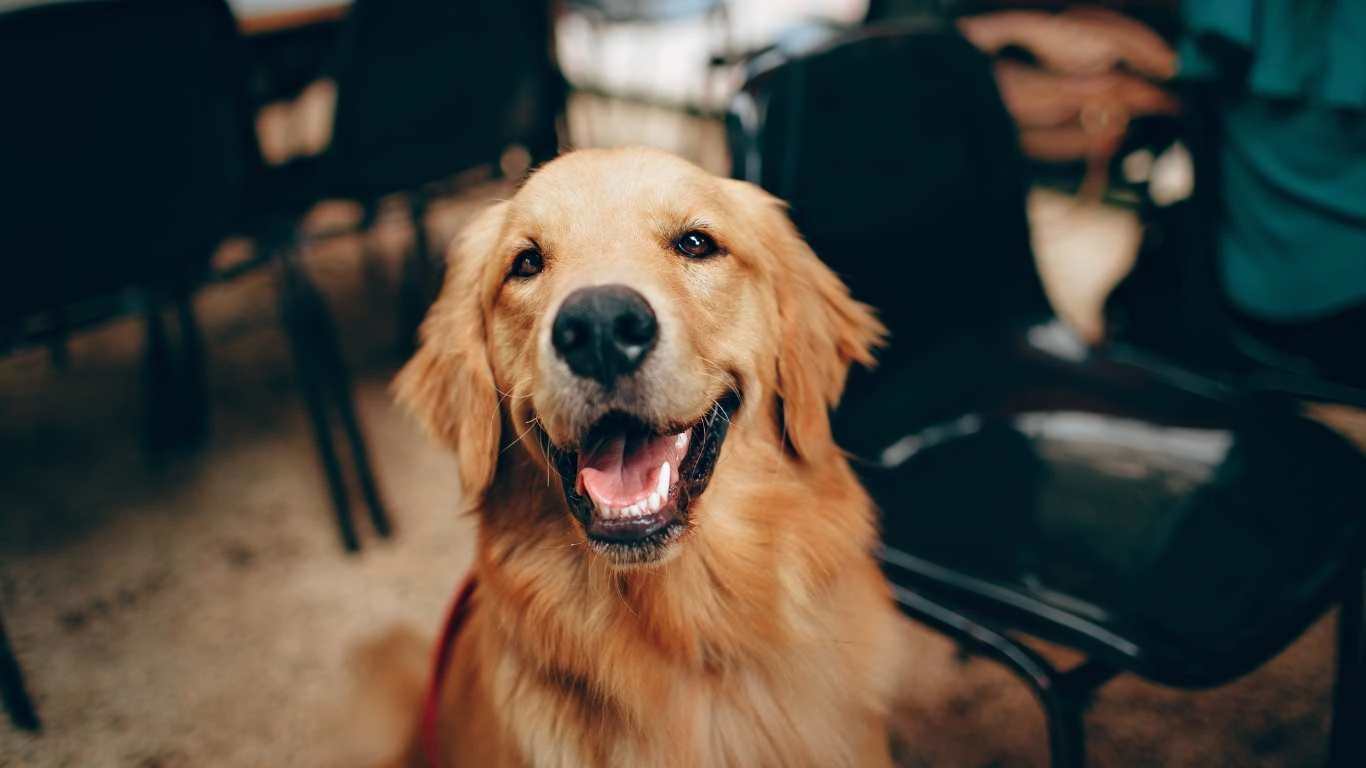
When it comes to choosing the best foods for dogs with digestive issues, it’s essential to pick ingredients that are easy on their systems yet nutritious enough to support their overall health. During my years of working with pet parents, I’ve found that focusing on the quality of ingredients can make all the difference.
So, let’s break down some of the best options for dogs on a low-fat diet. These foods support healthy digestion while providing the right balance of nutrients:
1. Lean Proteins
Lean meats like chicken, turkey, and fish (think salmon or whitefish) are excellent protein sources that are easy for dogs to digest. I always recommend avoiding fatty cuts of meat, as they can overwhelm a sensitive digestive system. These proteins provide the necessary building blocks for muscle repair and immune function without the excess fat that can cause discomfort.
In my experience, dogs with digestive issues tend to do well with chicken or turkey because they are gentle on the stomach. One case that stands out to me is when a sweet golden retriever was struggling with bloating and vomiting after meals. A shift to lean turkey resulted in much less gastrointestinal distress, and the dog’s energy levels went through the roof. It’s a reminder of how impactful the right protein source can be!
2. Digestible Carbohydrates
Carbohydrates can sometimes get a bad rap, but when chosen carefully, they can be a great source of energy without irritating the stomach. Opt for easily digestible carbohydrates such as sweet potatoes, rice, and oats. These carbs are gentle on the digestive tract and help provide a steady source of energy.
Sweet potatoes are particularly great because they are rich in fiber and antioxidants. I always tell pet owners to think of them as a tummy-friendly superfood for their dogs. I recall working with a terrier mix that had chronic diarrhea due to a high-fat diet. Once we introduced sweet potatoes into her meals, her symptoms improved significantly. Her stool became firmer, and she seemed more comfortable overall.
3. High-Quality Fiber
Fiber plays a critical role in supporting healthy digestion. It helps move food through the digestive tract and absorbs excess water, which can prevent both diarrhea and constipation. When choosing fiber sources for a low-fat diet, focus on high-quality options like pumpkin, carrots, and peas.
In fact, pumpkin is one of my go-to recommendations for dogs with digestive distress. Not only does it provide fiber, but it’s also packed with vitamins and minerals that support overall health. I once worked with a bulldog who was experiencing bloating and discomfort. A simple addition of pumpkin puree to his meals worked wonders in easing his digestion and providing him with essential nutrients. If you’ve never tried it, I highly recommend adding it to your dog’s food (make sure it’s plain, canned pumpkin with no added sugar or spices!).
The Benefits of a Low-Fat Diet for Digestive Health
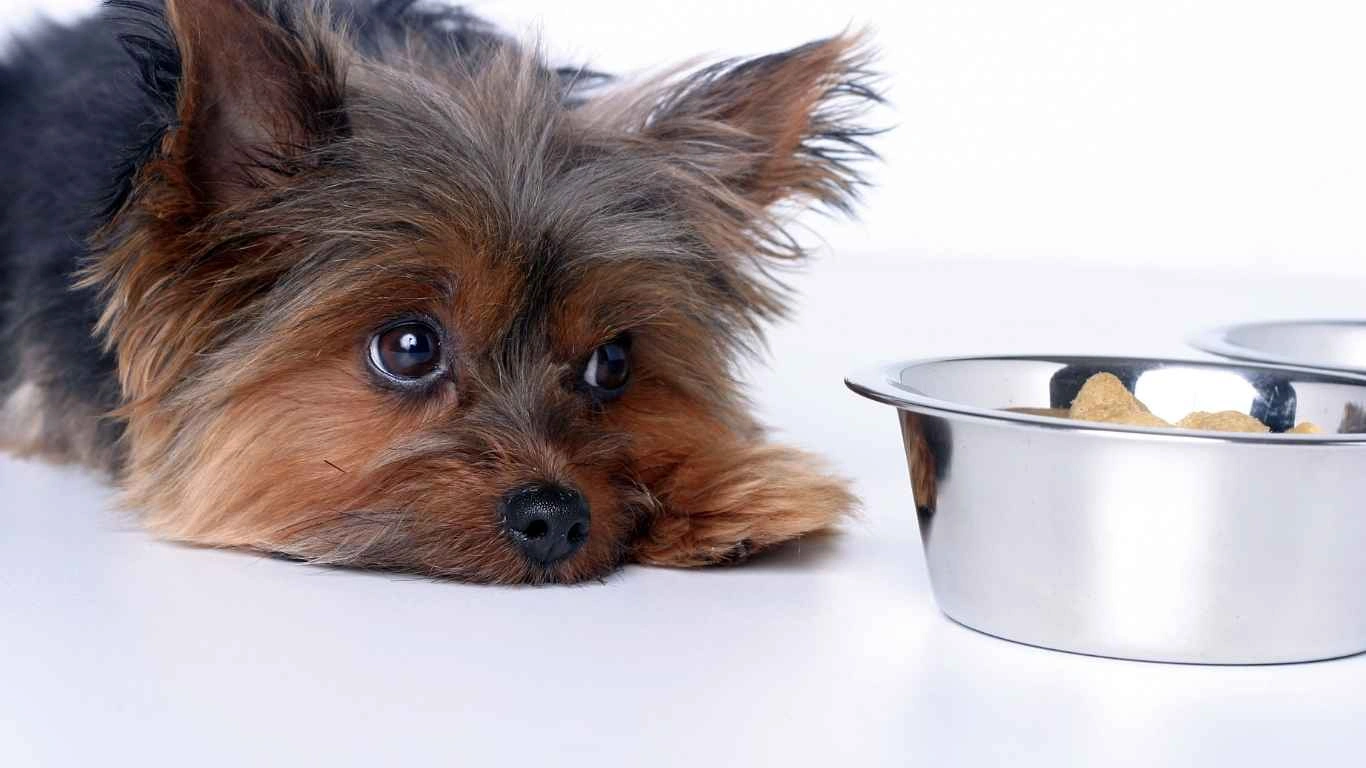
Switching to a low-fat diet can yield a wide range of benefits, especially when it comes to digestive health. But there’s more to it than just reducing fat content. A well-balanced, low-fat diet can have a profound impact on your dog’s overall health, not just their digestive system.
Improved Stool Quality
One of the first signs I notice when a dog is on a low-fat diet is the improvement in stool quality. Many dogs with digestive issues struggle with inconsistent stools—either too soft, too frequent, or even with traces of blood. A balanced low-fat diet, however, can stabilize their digestion, leading to firmer and more regular stools.
I’ve had many pet parents express relief after switching to a low-fat regimen and seeing their dog’s stool quality improve. For instance, a Dalmatian I worked with was having regular diarrhea episodes. After transitioning him to a diet rich in lean protein and fiber (without the fatty ingredients), he started passing stools that were more consistent and healthy.
Reduced Vomiting and Nausea
Another major benefit I’ve seen with low-fat diets is a significant reduction in vomiting and nausea. These symptoms are common in dogs with sensitive stomachs, but by lowering the fat intake, it becomes easier for their systems to process food without triggering these reactions.
I recall a small terrier that was constantly vomiting after meals. After working with her owner to create a low-fat meal plan, incorporating lean proteins and fiber-rich vegetables, she no longer experienced vomiting. It was such a relief for both the dog and her owner, who had been frustrated by the lack of solutions for so long.
Transitioning Your Dog to a Low-Fat Diet

If you’re thinking about switching your dog to a low-fat diet, it’s essential to do so gradually. Abrupt changes in diet can shock your dog’s digestive system and lead to further discomfort. The goal is to ease them into the transition, allowing their body time to adjust.
Based on my experience, I typically suggest a 7-10 day transition period, gradually incorporating more of the new low-fat food while reducing the previous diet. Start with about 25% of the new food mixed with 75% of the old food, then increase the proportion of new food over time until you reach a full switch.
Patience is key during this process. Some dogs may experience mild stomach upset during the transition, but this usually subsides after a few days. Monitoring your dog closely for any signs of digestive upset—such as loose stools or vomiting—can help you determine if adjustments are needed along the way.
In my clinic, I’ve seen that most dogs make the transition without issue, but it’s always important to consult your vet if you notice any concerning symptoms. A gradual approach not only helps with digestion but also prevents any stress or confusion that may come from a sudden change.
Now that we’ve explored the basics of the best low-fat diet for dogs with digestive issues and how to transition your dog to such a diet, let’s dig deeper into some helpful tips and common mistakes to avoid during this process. In my years of working with pet parents, I’ve seen it all—from successful transitions to a few bumps along the way. That’s why I’m here to guide you through some key points that will help your dog thrive on a low-fat diet.
Monitoring Your Dog’s Progress
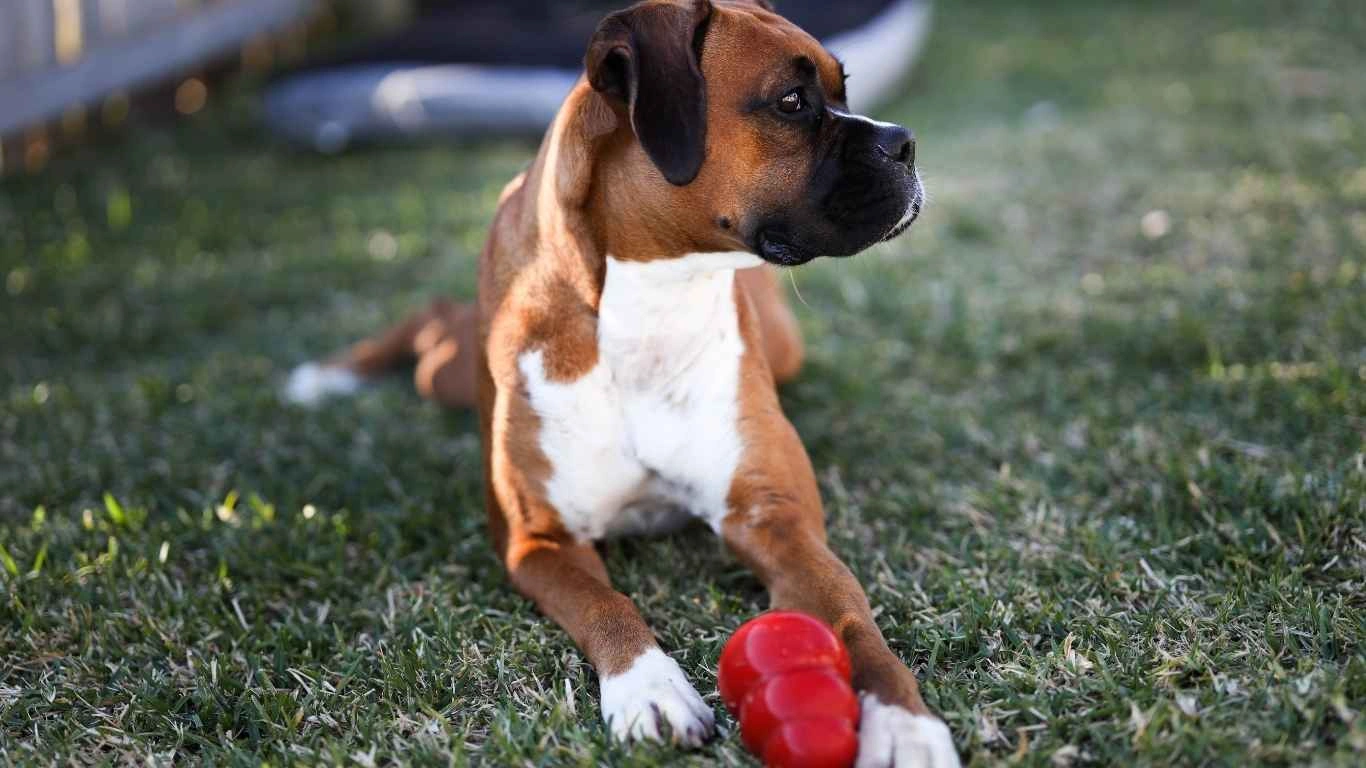
As a pet nutritionist, I’ve learned that the journey doesn’t stop once your dog starts eating a low-fat diet. The real work begins once they’re on it, and that’s when careful monitoring becomes essential. It’s important to track your dog’s progress to see how they’re responding to the new diet. This includes watching for changes in digestion, energy levels, coat condition, and overall behavior.
One of the first things I recommend to pet owners is to keep a daily log. Documenting your dog’s meals, bowel movements, and any changes in appetite or behavior will help you spot patterns that could point to improvements or potential issues. For example, when a dog’s stools become firmer and more consistent, you know the low-fat diet is working its magic. But if the dog continues to experience discomfort, it might mean a dietary tweak is necessary.
Personally, I find it immensely satisfying when a pet parent comes back with glowing reports after making dietary adjustments. I’ve worked with several pet owners whose dogs have experienced complete turnarounds after implementing a low-fat diet. A senior Beagle I worked with, who had suffered from chronic diarrhea for months, began to show remarkable improvement within just a couple of weeks on the new diet. The owner even mentioned that the dog seemed happier, more energetic, and finally at ease after meals.
Common Mistakes to Avoid
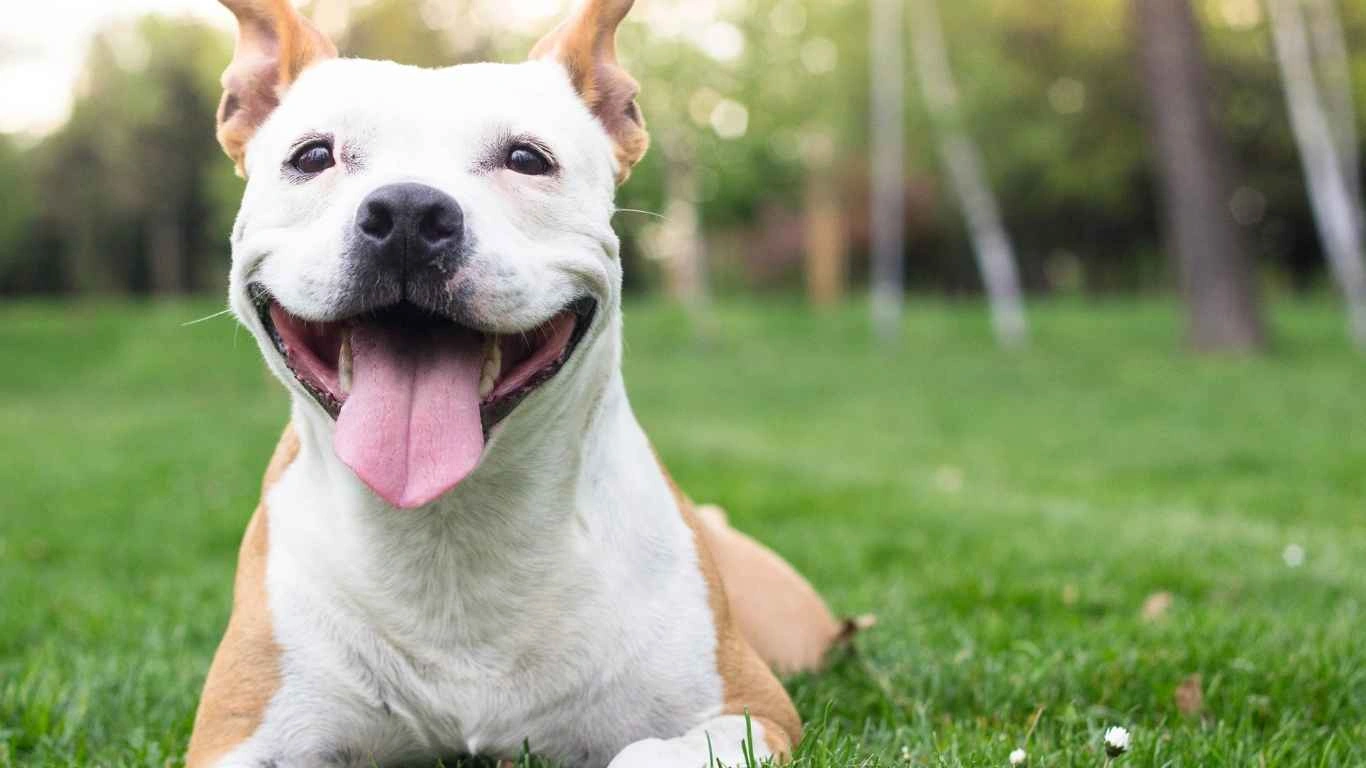
Even though a low-fat diet can be incredibly beneficial, there are still some common mistakes that pet owners often make. Let’s take a look at these pitfalls and how you can avoid them:
1. Not Gradually Transitioning the Diet
We touched on this earlier, but I can’t emphasize enough how important it is to gradually transition your dog to a low-fat diet. Some pet owners think they can make the switch overnight, but that’s a recipe for digestive upset. A sudden change can shock your dog’s system, leading to symptoms like vomiting, diarrhea, or constipation.
I’ve seen this firsthand with a lovely German Shepherd whose owner decided to jump straight into the new diet. The poor dog was uncomfortable for days and ended up with loose stools. A more gradual approach would have made this transition a lot smoother.
2. Overlooking the Importance of Fiber
Fiber is a crucial part of any low-fat diet, but it’s often overlooked in favor of focusing only on protein and fat content. I always recommend including high-fiber vegetables and fruits in your dog’s meals, as these help promote regular bowel movements and improve overall digestion.
For example, carrots, peas, and pumpkin are excellent fiber-rich choices that also provide additional vitamins. When I worked with a Labrador whose digestive system was sensitive to high-fat foods, we added more fiber to his meals, and within a few days, his digestion improved dramatically.
3. Failing to Check for Hidden Fats in Treats
Treats are a common source of hidden fats that can sabotage a low-fat diet. While it’s tempting to give your dog extra snacks throughout the day, it’s important to choose treats that align with the dietary changes you’ve made. Many commercially available dog treats are packed with unhealthy fats that can cause digestive upset, especially in dogs with sensitive stomachs.
In my practice, I’ve always encouraged pet owners to either make their own treats or choose low-fat, natural options. Some owners are surprised by how much fat is hidden in everyday treats, but a little awareness can go a long way in ensuring your dog stays on track with their diet. If you need ideas, try using small pieces of fruits like apples (without seeds) or low-fat cheese as occasional rewards.
Supplementing a Low-Fat Diet
While a well-balanced low-fat diet is key to supporting your dog’s digestive health, supplements can play a role in enhancing their overall wellness. As a pet nutritionist, I’ve worked with many clients to add supplements that complement their dog’s meals, particularly those with sensitive digestive systems. However, it’s important to choose supplements carefully to avoid any negative interactions or unnecessary excess.
Some of the most helpful supplements I recommend for dogs with digestive issues include:
- Probiotics: These can help replenish the beneficial bacteria in your dog’s gut, which is essential for healthy digestion.
- Digestive Enzymes: These can assist with breaking down food more effectively, improving nutrient absorption and reducing digestive discomfort.
- Omega-3 Fatty Acids: While you’re focusing on low-fat, it’s still important to ensure your dog gets enough essential fatty acids, which are beneficial for their skin, coat, and overall health.
However, before you start adding supplements, I recommend consulting with your vet or a pet nutritionist to ensure they’re appropriate for your dog’s specific needs.
When to Consult a Veterinarian
While a low-fat diet can do wonders for many dogs with digestive issues, it’s not a one-size-fits-all solution. Some dogs may have more complex health conditions that require additional medical treatment or specialized diets. If you’re not seeing improvement after several weeks on a low-fat diet or if your dog experiences more severe symptoms, it’s important to consult with your veterinarian.
In my years of working alongside vets, I’ve seen how collaborative care can make all the difference. Veterinarians can help identify underlying conditions such as food allergies, infections, or inflammatory bowel disease (IBD) that may require more targeted treatments. They can also run diagnostic tests to ensure that a low-fat diet is the best option for your dog’s specific health situation.
It’s always better to be safe and work with a professional, especially if you’re concerned about your dog’s health. With the right guidance, your dog will be on the road to recovery and better digestive health in no time.
Disclaimer: The information in this article is intended for general informational purposes only and should not be used as a substitute for professional veterinary advice. Always consult with your veterinarian or a certified pet nutritionist before making significant changes to your dog’s diet.
For more helpful tips on dog nutrition and health, feel free to check out more articles on our website.
